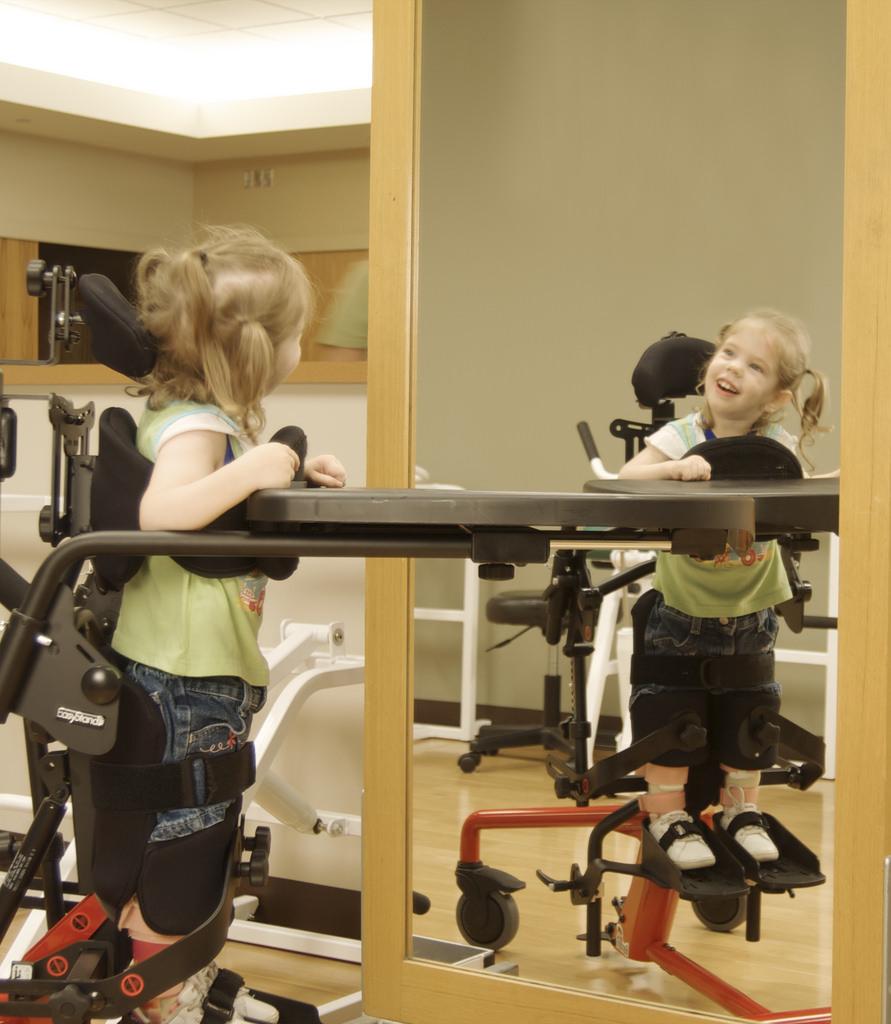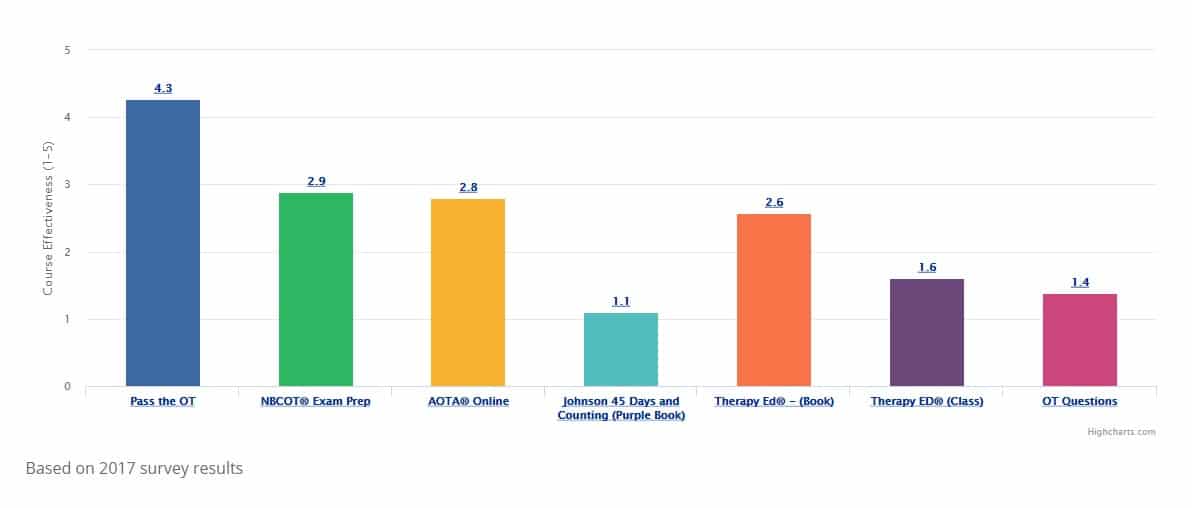Individualized Education Programs (IEP)

An individualized education program, or IEP, is a written plan that specifies goals and objectives for learning for students in the public school system that have been identified as having a disability. IEPs are mandated for students with disabilities by the Individuals with Disabilities Education Act (IDEA) of 2004. Each IEP is prepared by a team and is tailored to meet the individual needs of each student. The following charts will review some of the important points regarding the IEP process in public schools.
Referral Process
Before a student receives special education services, he or she must go through a process of intervention that documents the problems the student is having in the regular education setting. This process is called Response to Intervention, or RTI. The RTI process is completed using a three tiered system. This process usually occurs over the course of one grading period, such as one quarter or one trimester. Parents have the right to request a special education evaluation at any time during this process.
| Tier | Description | Example | Photo/Video |
| Tier 1 | Group Interventions – changes are made to regular classroom instruction that benefit all students, including those identified as “at risk”.
-regular screenings are completed to identify students who may be at risk for learning difficulties. |
A teacher uses a classroom audio system while lecturing to her students, improving the ability of all the students to be able to hear and attend to task. This includes two students in the classroom who have been identified as at risk for learning. | A video presentation of Handwriting Without Tears, a handwriting curriculum developed by an occupational therapist. The curriculum acts as a Tier 1 intervention by presenting handwriting through multiple learning styles and activities. |
| Tier 2 | Targeted Interventions – students who have not responded to Tier 1 interventions are provided more intensive instruction in small groups, in addition to regular classroom instruction. -usually provided in the areas of reading and math, especially for grades kindergarten through third. |
A paraprofessional works on math with a group of three first graders in the corner of the classroom during math instruction. | A teacher provides small group reading instruction to English Language Learners, using visual, verbal, and movement teaching methods. |
| Tier 3 | Intensive Interventions – students who have not responded to Tier 1 and Tier 2 interventions receive intensive 1:1 instruction to target skill deficits. -if a student does not respond to Tier 3 intervention, the student is referred for comprehensive evaluation to determine eligibility for special education services. |
A second grade student works 1:1 with an RTI teacher in a separate room to learn reading skills. | A boy with Down syndrome receives instruction in his regular education classroom with Tier 3 intervention methods provided by an instructional aide. |





